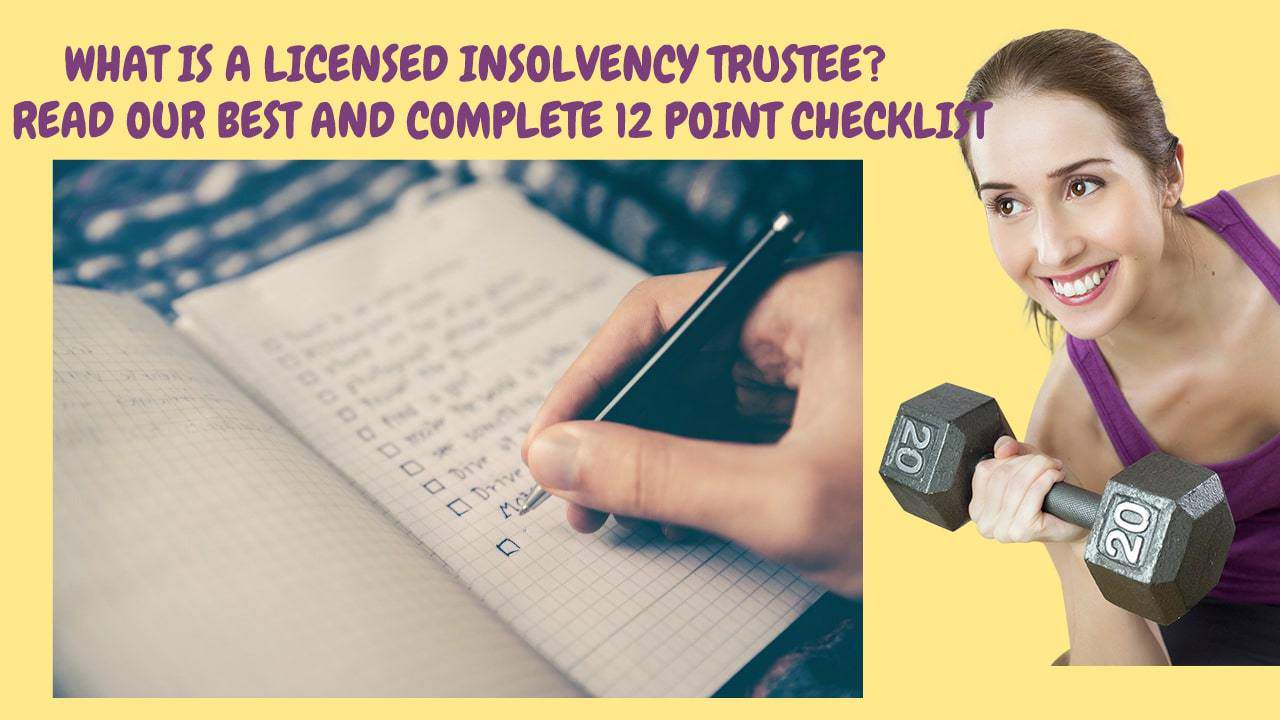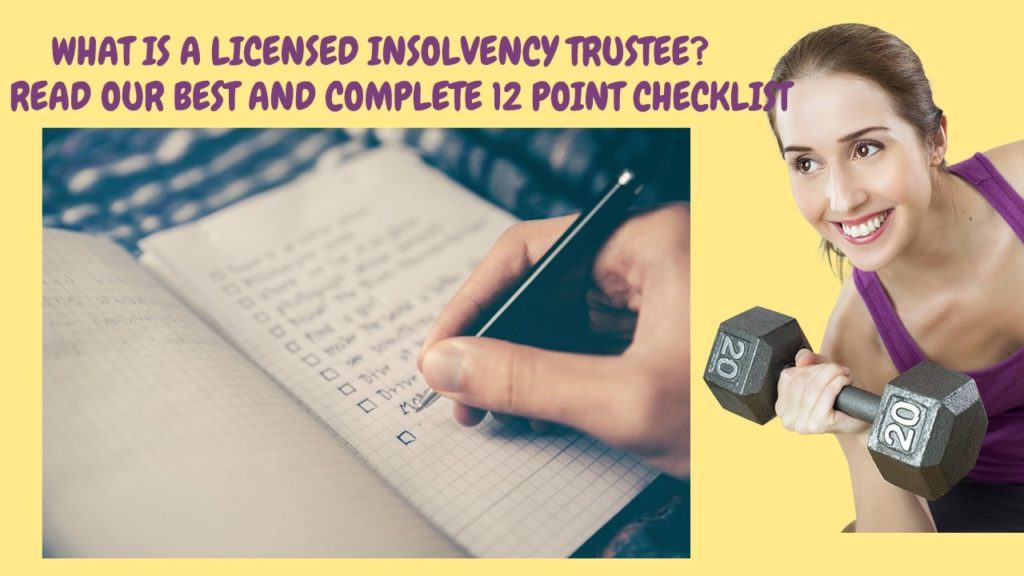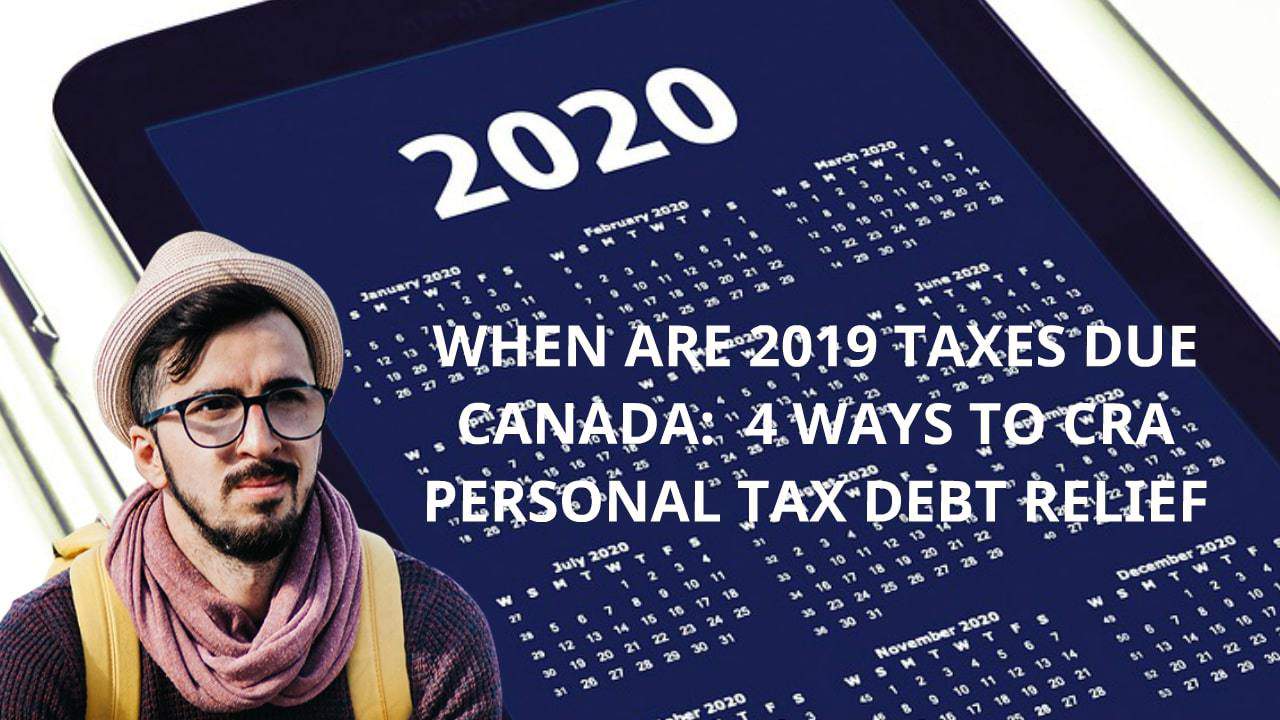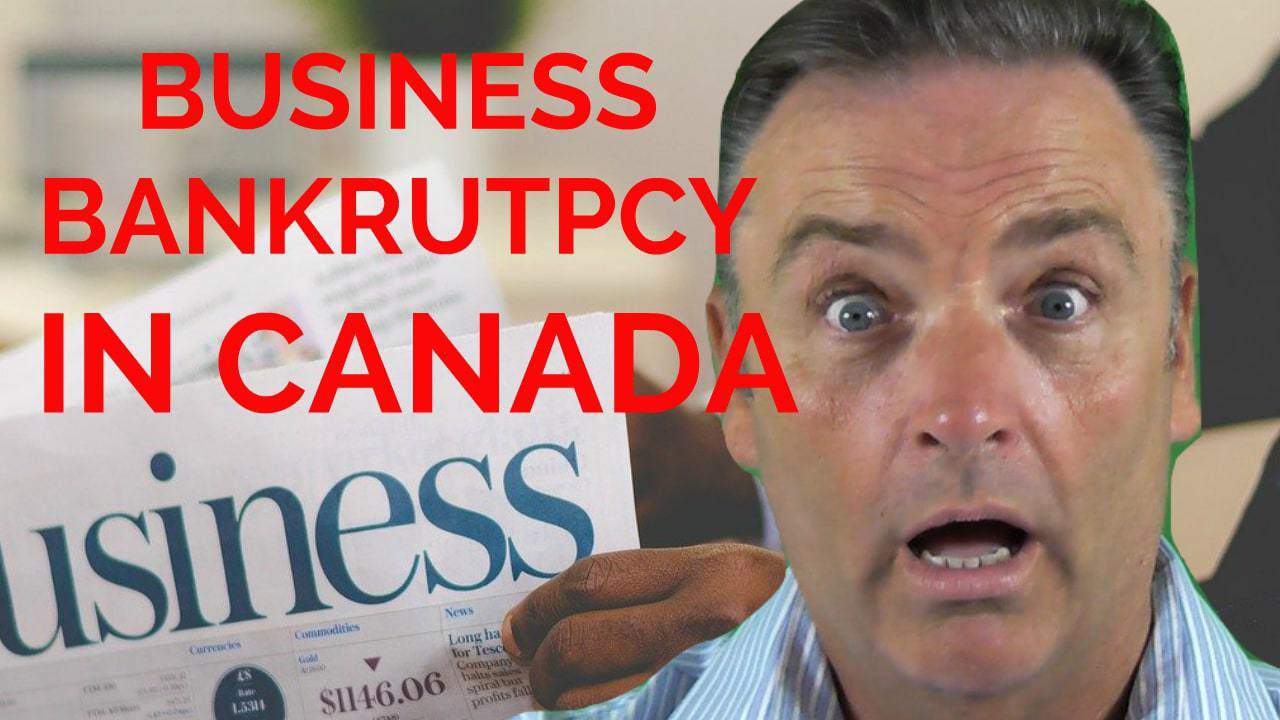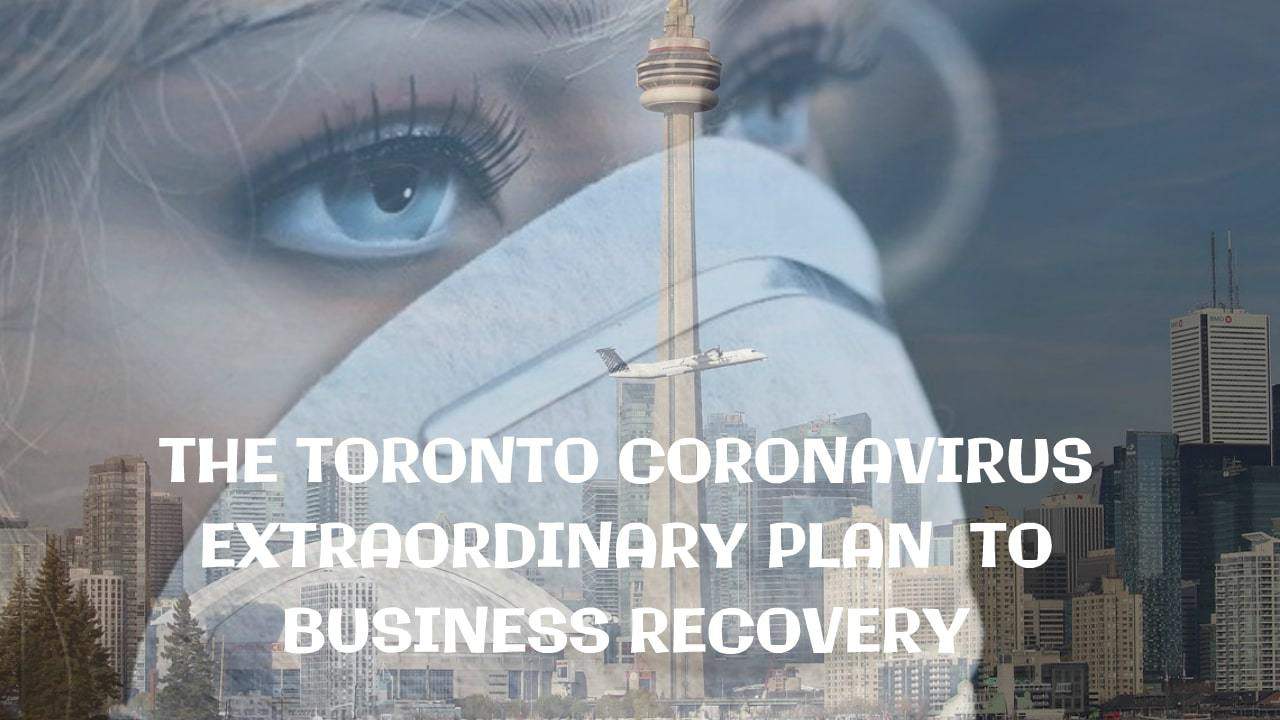The Ira Smith Trustee Team is absolutely operational and Ira, in addition to Brandon Smith, is readily available for a telephone consultation or video meeting. We hope that you and your family are safe and healthy.
Consumer proposal vs bankruptcy Ontario introduction
What is the difference between a consumer proposal vs bankruptcy Ontario is a question people calling me up these days are asking. No doubt the looming end of the various COVID-19 government support programs is now sparking this interest. People and businesses were given a reprieve with Canada’s COVID-19 Economic Response Plan and the courts being closed. Now fear is creeping back into everyone’s minds about their debts that essentially were put on hold for the last 6 months.
So, since people are asking me the question, I want to answer the consumer proposal vs bankruptcy Ontario question in this Brandon’s Blog.
Consumer proposal vs bankruptcy Ontario: Who qualifies for and what is a consumer proposal?
A consumer proposal is different from bankruptcy. Consumer proposals are available to individuals only whose overall financial obligations do not exceed $250,000, not including debts secured by their principal residence.
Division 1 proposals are offered to both companies with any debt level and people whose debts go beyond $250,000 (omitting the mortgage or any other debts secured by their primary residence).
Consumer proposals are official methods regulated by the Bankruptcy and Insolvency Act (Canada) (BIA) readily available to individuals. Collaborating with a licensed insolvency trustee (Trustee) serving as the consumer proposal administrator, you make a proposal to:
- Pay your creditors a percentage of what you owe them over a certain period not exceeding 60 months.
- Expand the time you need to settle those debts.
- Or a mix of both.
Payments are made via the Trustee, and the Trustee utilizes that cash to pay each of your creditors their pro-rata share. The consumer proposal must be completed within 5 years from the day of filing.
Consumer proposal vs bankruptcy Ontario: Who qualifies for bankruptcy?
You can declare bankruptcy if you:
- Live in Canada.
- Continue business or have assets in Canada.
- Have financial debts totalling a minimum of $1,000.
- Are insolvent.
There are different tests for insolvency laid out in the BIA. They are:
- for any reason, you are unable to pay your financial debts as they generally come to be due;
- you have ceased paying present debts in the regular course as they usually are due; or
- the complete worth of your property is not, at a reasonable valuation, enough, or, if sold at a sale under legal process, would not be sufficient to make it possible for repayment of all your financial obligations.
Consumer proposal vs bankruptcy Ontario: What is bankruptcy?
A consumer proposal is an excellent option for you if you can afford to make payments towards your financial debts monthly. If you are entirely unable to make enough payments for a consumer proposal, then bankruptcy is probably your only other alternative.
By statute, the offer you make your creditors via a consumer proposal must be a much better option than what your creditors would certainly get in your bankruptcy. I help people make that analysis during our initial no-cost consultation prior to them selecting the ideal insolvency process for them. We discover the choices readily available, including a consumer proposal vs bankruptcy Ontario. Bankruptcy is an alternative when you cannot afford to fund a consumer proposal to your creditors.
If bankruptcy is the selected alternative, you work with me, as the Trustee, to complete the needed documents. I then submit them with the Office of the Superintendent of Bankruptcy Canada (OSB). When the OSB issues its Certificate, after that you are formally bankrupt.
From that point on, the Trustee will deal directly with your creditors in your place. As soon as you are bankrupt:
- you will stop making payments to your unsecured creditors;
- any type of garnishments against your wages or bank account will stop; and
- any lawsuits for money against you from your creditors will also be stopped.
Consumer proposal vs bankruptcy Ontario: What are the advantages of a consumer proposal?
The benefits of a consumer proposal vs. bankruptcy Ontario are:
- You maintain all of your assets.
- Actions against you by creditors, such as wage garnishments will quit.
- Unlike informal financial debt settlement, the consumer proposal is a legal forum where every one of your creditors has to deal with your restructuring.
- You do not have to think any more about the “B” word.
Consumer proposal vs bankruptcy Ontario: What are the differences in credit score?
The person that files for bankruptcy will absolutely get an R9 rating. This is the lowest credit rating possible. It will continue to be on their record for at least 7 years. An individual that submits a consumer proposal will have an R7 credit score which is less extreme. It will certainly remain to be on their record for around 8 years overall, from the moment of filing.
You will absolutely pay less than the total you owe with a consumer proposal. Commonly as much as 70% less. All your unsecured financial obligations will be combined right into a simple regular month-to-month payment. This number will be based upon what you can afford.
Consumer proposal vs bankruptcy Ontario: What are the costs and fees of a consumer proposal versus filing for bankruptcy?
When doing a consumer proposal, the Trustee’s charges are paid for out of the repayment you bargain with your creditors. For example, if your consumer proposal has you paying a total amount of $20,000 over 5 years, the Trustee’s fee and disbursements are drawn from those funds. The cost of the consumer proposal is likewise regulated by the BIA. The expense does not go up or down based upon the amount you are required to pay in your consumer proposal.
However, if you were to file for bankruptcy, the cost is once again controlled by the BIA. The Trustee is paid out of the funds available in your bankruptcy. Examples of sources of funds in personal bankruptcy are any surplus income you might need to pay as well as any assets that are available to the Trustee to sell.
If there are not expected to be any type of funds in your bankruptcy, the regulated cost to be funded either by the debtor or a third party guarantor will be around $2,000. This is one more difference between a consumer proposal vs bankruptcy Ontario.
Consumer proposal vs bankruptcy Ontario: Are assets treated differently between a consumer proposal vs bankruptcy?
If you do a consumer proposal, you can keep your assets whereas in bankruptcy your assets in most cases are affected. This includes the equity in your home if greater than $10,000, an auto or other vehicle worth greater than $6,600 (without liens against it), investments, tax refunds, as well as any RRSP contributions made in the 12 months immediately before filing for bankruptcy.
This distinction between a consumer proposal vs bankruptcy Ontario is huge.
Consumer proposal vs bankruptcy Ontario: What if I default on my consumer proposal vs bankruptcy payments?
If you do not keep up your payments on a consumer proposal, and drop 3 months behind, you have defaulted and the consumer proposal is void. You additionally are unable to submit a brand-new consumer proposal. Collection activity by your creditors will begin again.
In bankruptcy, if you do not complete all your obligations, you will not have the ability to get your discharge from bankruptcy. As soon as the Trustee gets its discharge, your creditors will certainly return to collection activities too.
This is one more consumer proposal vs bankruptcy Ontario difference.
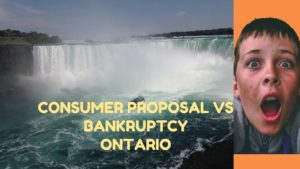
Consumer proposal vs bankruptcy Ontario: When is a meeting of creditors held in a consumer proposal?
A meeting of creditors in a consumer proposal is held if one is requested by creditors that are owed at least one-quarter of the total amount of proven claims filed.
An ask for a meeting needs to be made by the creditors within 45 days of the declaring of the consumer proposal. The OSB can additionally ask for the Trustee to call a meeting any time within that same duration.
The meeting of creditors must be held within 21 days after being called. At the meeting of creditors, they vote to either accept or reject the proposal.
If no meeting of creditors is requested within 45 days of the declaring of the proposal, the proposal will be considered to have been approved by the creditors no matter any kind of objections made later.
How long does it take to complete a consumer proposal vs bankruptcy Ontario?
A consumer proposal is ended when the individual has made the call for payments over the amount of time stated in the proposal itself. In a bankruptcy, the discharge relies on a selection of different aspects, including whether it was the very first time the debtor filed for bankruptcy and if they need to make surplus income payments.
If the borrower has never proclaimed bankruptcy and they do not need to make surplus income payments, then they are entitled to be discharged 9 months. However, if the bankrupt has surplus income, then a first-time bankrupt will need to pay for 21 months before when they can be discharged
If this is not the person’s first bankruptcy, and they do not have surplus income, they cannot get a discharge before the expiry of 24 months. If that person has a surplus income requirement, then they must pay for 36 months before being able to be discharged.
This is another distinction between a consumer proposal vs bankruptcy Ontario.
Consumer proposal vs bankruptcy Ontario: What do consumer proposals and bankruptcy have in common?
Both a consumer proposal and bankruptcy are lawfully binding treatments that are administered by a Trustee. If you are thinking of a consumer proposal vs bankruptcy Ontario, it is vital that you consult with a Trustee to ensure that you completely understand what’s involved, and the costs. You can talk with friends or family that might have applied for one or the other before. It is also important that you get referrals from professionals you trust.
Declaring bankruptcy or doing a consumer proposal are both issues of public record. That means there will be a permanent public record concerning your insolvency that can be accessed by anyone. If your debts are joint or co-signed or guaranteed by someone else, the other person is liable for the debt. That is the case even if you file for either a consumer proposal or personal bankruptcy.
Even these similarities still point out differences between a consumer proposal vs bankruptcy Ontario.
How do I choose between a consumer proposal vs bankruptcy Ontario?
As you can see, when you consider a consumer proposal vs bankruptcy Ontario, there are most definitely differences between the two. But they are both formal insolvency processes to eliminate your debt. What’s essential, though, is that you discover the best method to get yourself back on the right track in such a way that will assist you to achieve your long-term goals.
Consumer proposal vs bankruptcy Ontario: How to file for bankruptcy?
In order to take advantage of either a consumer proposal vs bankruptcy Ontario, you must involve a Trustee. This is a person or company licensed by the OSB to provide the insolvency process. The 10 actions listed below are a guide to the bankruptcy procedure.
- Call a qualified Trustee and go to a meeting with him or her to talk about your personal circumstance and your alternatives including if it is possible for you to prevent bankruptcy.
- Deal with the Trustee to complete the needed forms. The Trustee will after that submit the bankruptcy with the OSB.
- The Trustee notifies your creditors of the bankruptcy.
- You participate in a meeting of creditors if one is called.
- You participate in 2 counselling sessions.
- Based on your personal exemptions, the Trustee markets your available assets; you may additionally need to make surplus income payments to the Trustee.
- In certain circumstances, you might need to participate in an examination held by an OSB representative.
- The Trustee prepares a report describing your actions throughout the bankruptcy.
- You go to the discharge hearing if needed.
- You obtain your discharge from your bankruptcy.
Afterward, the Trustee completes the administration, including paying a dividend to your creditors, if offered.
Consumer proposals and bankruptcy Ontario aren’t the only ways of obtaining debt relief and consolidating debt
There are additionally other ways of fixing debt problems that do not include a formal process or paying a fee. If you honestly wish to thoroughly and objectively take a look at all your options, contact a Trustee, and meet with him or her. They’ll pay attention to your scenario and concerns and advise you on what will work best for you even if you do not need to file for either a consumer proposal vs bankruptcy Ontario. Their assistance is normally cost-free and non-judgmental.
At my Firm, declaring bankruptcy is only encouraged until all other potential solutions have investigated. A consumer proposal is the only government-approved financial debt settlement strategy and is always the far better bankruptcy alternative.
Consumer proposal vs bankruptcy Ontario: Move on with your life
I hope you have enjoyed this consumer proposal vs bankruptcy Ontario Brandon’s Blog. Both a successfully completed consumer proposal or obtaining your discharge from bankruptcy lets you get back on the road to financial health, relieve the stress you face, and bring you:
- Freedom from lawsuits and garnishments;
- The ability to live better than just hanging on one payday to the next;
- Improved credit scores; and
- Better health and well-being.
Do you have too much debt? Are you in need of financial restructuring? The financial restructuring process is complex. The Ira Smith Team understands how to do a complex restructuring. However, more importantly, we understand the needs of the entrepreneur or the person who has too much personal debt.
You are worried because you are facing significant financial challenges.
It is not your fault that you are in this situation. You have been only shown the old ways that do not work anymore. The Ira Smith Team uses new modern ways to get you out of your debt troubles while avoiding bankruptcy. We can get you debt relief freedom.
The stress placed upon you is huge. We understand your pain points. We look at your entire situation and devise a strategy that is as unique as you and your problems; financial and emotional. The way we take the load off of your shoulders and devise a debt settlement plan, we know that we can help you.
We know that people facing financial problems need a realistic lifeline. There is no “one solution fits all” approach with the Ira Smith Team. That is why we can develop a restructuring process as unique as the financial problems and pain you are facing. If any of this sounds familiar to you and you are serious in finding a solution, contact the Ira Smith Trustee & Receiver Inc. team today.
Call us now for a free consultation.
We will get you or your company back on the road to healthy stress-free operations and recover from the pain points in your life, Starting Over, Starting Now.
The Ira Smith Trustee Team is absolutely operational and Ira, in addition to Brandon Smith, is readily available for a telephone consultation or video meeting. We hope that you and your family are safe and healthy.


